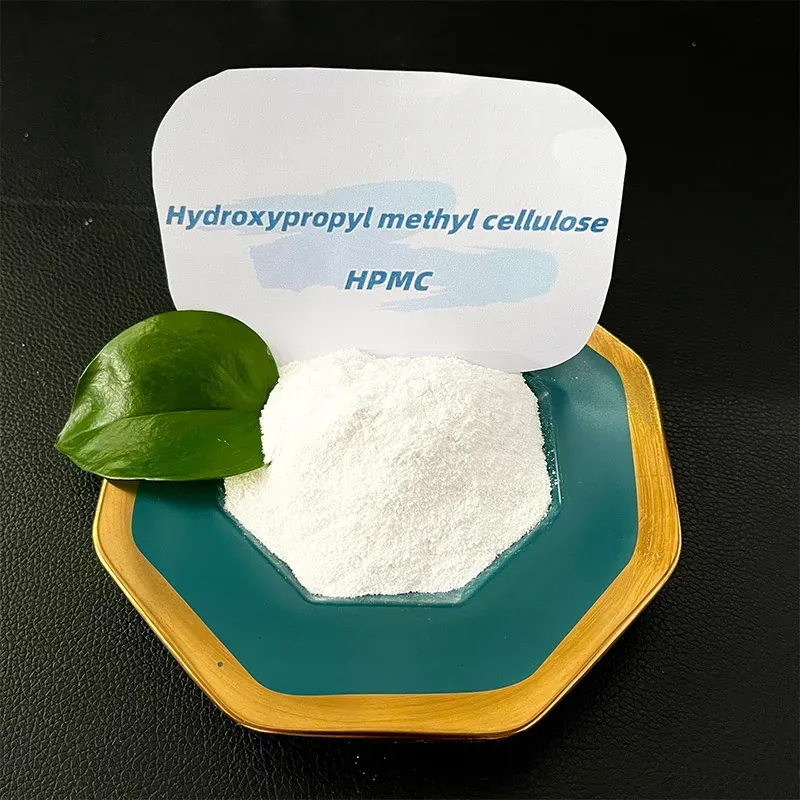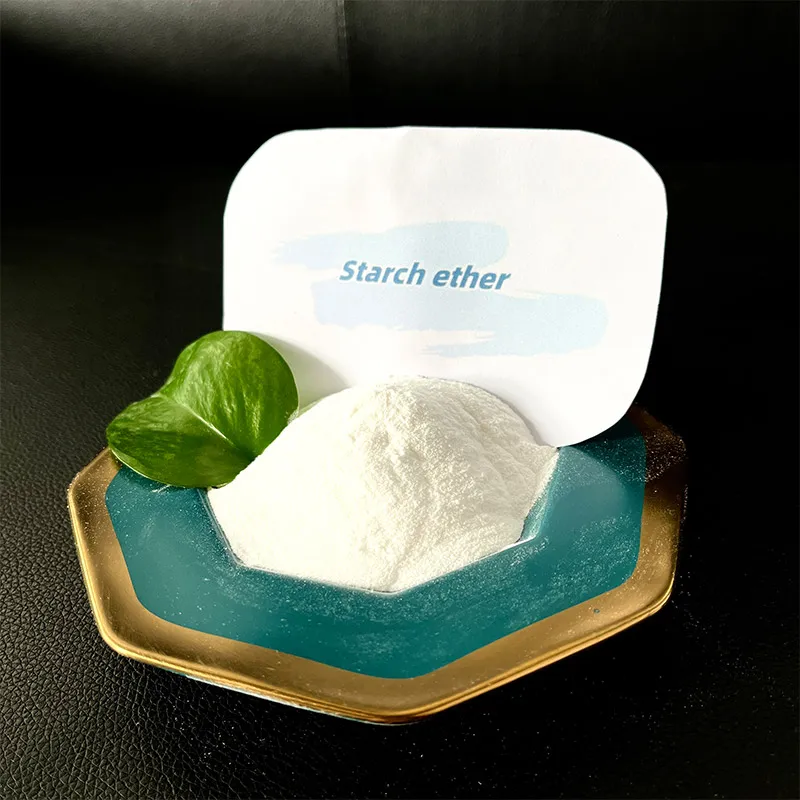
-

Add: HeBei ShengShi HongBang Cellulose Technology CO.,LTD.
-

Email
13180486930@163.com -

CONTACT US
+86 13180486930

Affordable HPMC Powder Price - Competitive Rates & Quality
- Global Market Shifts Impacting HPMC Price
- Unveiling Technical Advantages Driving Value
- Competitive Landscape: Major Players Analysis
- Customized Solutions for Diverse Applications
- Real-World Implementation Case Studies
- Future Outlook and Price Prediction Strategies
- Securing Cost-Effective HPMC Powder Supply

(hpmc price)
Global Market Shifts Impacting HPMC Price
Hydroxypropyl Methylcellulose (HPMC) prices face volatile pressures as feedstock costs fluctuate dramatically. Recent market data indicates ethylene oxide prices surged 23% year-over-year while wood pulp inventories dropped 17% globally. Regional disparities further complicate pricing structures: European HPMC currently trades at $3.20/kg compared to $2.85/kg in Southeast Asia, reflecting disparate energy and labor costs. Supply chain constraints add $0.15-$0.30/kg premium for maritime shipping, significantly affecting landed hpmc powder price. Industry analysts observe substitution trends emerging when HPMC exceeds $3.50/kg, with modified starches gaining 4% market share in construction adhesives during Q2 2023. Production capacity expansions in China (new plants adding 120,000 MT annually) may ease long-term constraints.
Unveiling Technical Advantages Driving Value
Beyond commodity pricing, HPMC's molecular engineering delivers unmatched performance justifying premium positions. Key advantages include:
- Thermal stability: Maintains viscosity up to 90°C versus competing polymers failing at 65-70°C
- Water retention: Critical for cement hydration in construction applications, reducing cracking by 38%
- Pseudoplastic behavior: Enables superior workability in tile adhesives
Recent innovations include delayed-dissolution grades extending mortar open times to 40 minutes and low-ash variants (
Competitive Landscape: Major Players Analysis
| Manufacturer | HPMC Price/kg | Moisture Control | Viscosity Range | PP Fiber Price/kg |
|---|---|---|---|---|
| Shin-Etsu | $3.45 | 89-91% | 40,000-200,000cP | $2.10 |
| Dow Chemical | $3.30 | 85-88% | 15,000-120,000cP | $1.95 |
| Ashland | $3.15 | 82-85% | 5,000-100,000cP | $2.05 |
| Chinese Tier-1 | $2.75 | 78-83% | 4,000-80,000cP | $1.65 |
Data from Q1 2024 indicates Japanese manufacturers lead in high-spec pharmaceutical grades while European producers dominate in construction applications requiring precise viscosity control. Polypropylene fiber price directly correlates with HPMC selection in composite formulations.
Customized Solutions for Diverse Applications
Strategic bulk purchasing requires understanding specification thresholds. Pharmaceutical applications demand USP-grade HPMC (>99.5% purity), whereas construction mortars perform optimally with technical-grade (92-95% purity). Volume discounts show nonlinear patterns:
- Ordering 1-5 MT: $3.20/kg
- 20+ MT commitments: $2.95/kg
- Annual contracts >100 MT: $2.78/kg
Manufacturers now offer blend optimization services, substituting 15-25% of HPMC with modified starches for non-critical applications. This hybrid approach reduces formulation costs by 18% without compromising performance in tile adhesives.
Real-World Implementation Case Studies
A European construction materials producer achieved 22% cost reduction through technical reassessment. By switching from 100,000cP HPMC ($3.40/kg) to blended 75,000cP formulation ($2.65/kg) and adjusting cement ratios, they maintained EN 12004 compliance while lowering adhesive production costs by €410,000 annually. Simultaneously, a Brazilian manufacturer optimized packaging, reducing moisture absorption during storage by 35% through nitrogen-flushed foil bags - a $0.08/kg investment preserving $0.20/kg product value.
Future Outlook and Price Prediction Strategies
Forward projections indicate feedstock cost normalization by Q4 2024, potentially lowering HPMC prices to $2.90/kg benchmark. Sustainability mandates will drive innovation in bio-sourced alternatives - pilot plants already produce methylcellulose from bamboo pulp, though current pricing remains 15% above conventional HPMC. Predictive procurement strategies leveraging quarterly futures contracts secured $2.2M savings for two multinationals during 2023's price volatility.
Securing Cost-Effective HPMC Powder Supply
Proactive negotiation frameworks deliver optimal hpmc price
stability. Leading procurement teams deploy multi-pronged approaches including split sourcing (70% baseline from tier-1 Asians, 30% premium from Europeans), Just-In-Time inventory protocols reducing holding costs by 28%, and performance-based contracts with quarterly price reviews. Verified supplier qualification remains paramount - batch testing reveals 17% of discount offers fail DS/EN 934-2 compliance, risking formulation integrity despite apparent hpmc powder price advantages.

(hpmc price)
FAQS on hpmc price
Q: What factors influence HPMC powder price fluctuations?
A: HPMC powder prices are affected by raw material costs (like wood pulp or cotton), global demand from construction industries, and production energy expenses. Supply chain disruptions and regional trade policies also play significant roles in cost variations.
Q: How does HPMC price compare to other construction chemical additives?
A: HPMC typically commands a premium over basic additives due to its multifunctional properties (water retention, thickening, etc.). However, it remains more cost-effective than specialized polymers with similar performance grades in cement and tile applications.
Q: Why do HPMC prices vary significantly between suppliers?
A: Price differences stem from purity grades (pharma vs. industrial), viscosity specifications, and minimum order quantities. Reputable suppliers often charge more for certified quality control, batch consistency, and logistical support.
Q: Are polypropylene fiber prices linked to HPMC market trends?
A: While both are construction materials, they follow distinct pricing drivers. Polypropylene fiber costs primarily track crude oil derivatives, whereas HPMC prices depend on cellulose markets. Simultaneous demand surges in mortar/plaster applications can create indirect correlation.
Q: Can buying HPMC in bulk reduce overall material expenses?
A: Yes, bulk purchases (5+ tons) typically lower per-unit costs by 10-25% through volume discounts and reduced shipping frequency. Evaluate storage feasibility against project timelines to avoid degradation-related waste, which offsets savings.
-
Why HPMC for Sale Is EssentialNewsJun.05,2025
-
The Role of Retarder in GypsumNewsJun.05,2025
-
Redispersible Emulsion PowderNewsJun.05,2025
-
Fibre Made from Wood PulpNewsJun.05,2025
-
Exploring the Rubber Powder Production LineNewsJun.05,2025
-
Exploring Polyolefin FiberNewsJun.05,2025
-
Re Dispersible Polymer PowderNewsJun.03,2025











